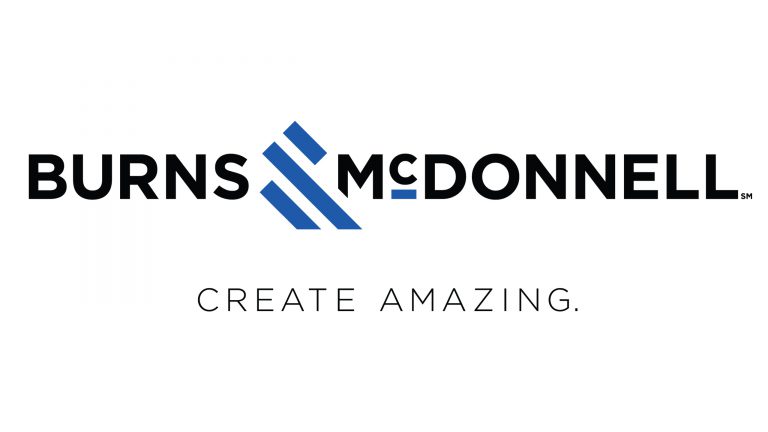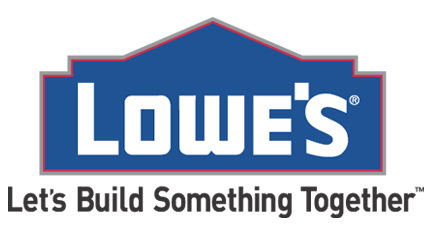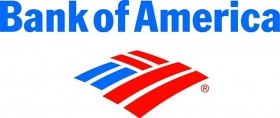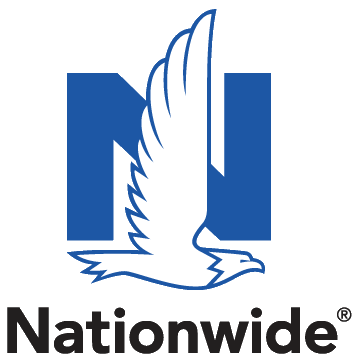Crime risk reports of possible locations helped one national bank find the safest of suitable sites on which to build new branches.
Download PDF
The Challenge
A century-old financial services institution was rapidly expanding for a decade. As it grew, it needed to address all of the security issues related to opening hundreds of its new branches around the United States.
Choosing a site for each new branch was not as simple as finding an empty lot. To find the safest building locations, the company incorporated CRIMECAST® Reports from CAP Index® into its risk assessments.
The Strategy
This CAP Index customer is one of the largest and oldest family-controlled companies in the United States with more than 400 branch locations. The bank’s Senior Vice President of Risk Management, stated that the company’s use of CAP Index’s crime assessment products had grown over the years. “We used them at a limited level ten years ago, now we use them all the time,” they said, adding that they first heard of CAP Index reports from industry peers, and while they had seen similar products from other sources, “no one else comes close” to the content of the predictive reports and maps that provide precise information by location via a scoring mechanism designed to objectively measure risk.
Using CAP Scores for Site Selection
The CAP Index CRIMECAST Platform provides crime risk data through an online interface and thus can be accessed easily whenever a report is needed. The bank’s SVP explained, that when a new branch was in the planning stage, the company’s real estate division forwards a list of possible locations within the selected community. The SVP then created a risk assessment report for each potential address by logging onto the password-protected Web site. The report was generated, “within seconds,” and could be viewed on a screen or downloaded.
The report received by the bank included an overall score representing the current level of risk of crimes against persons and properties. This is tabulated from police reports of homicides, rapes, robberies, and aggravated assaults, as well as burglaries, larcenies, and motor thefts. Ratings are based on an average score of 100, and the bank’s security team was able to quickly see how much more, or less, risk there is around a three-mile radius of the proposed branch site.
The bank also received a county score that compares the site to the average risk of the county, a state score that compared the site to the average risk in the state, and a national score that compared site risk to the United States as a whole, allowing for ranking and comparisons with other states. This was supplemented with average scores from the past and a forecasted score for the future.
Additional information included socio-economic census information for the surrounding population and a radius threshold visual map determining risk at the one-mile and three-mile radii.
Critical Data for New Bank Branches
The CRIMECAST Reports cost the bank approximately $225 each. The bank said that the CRIMECAST® Report was “one tool used to compare against what we are hearing from local law enforcement” and other sources, such as peers at other banks in the area when making the decision about where to place a new branch. The information either validated or disputed the input from these other sources. If there was a large discrepancy, then the bank security team investigates to try to resolve the differences and get a clearer view of the site’s risk profile before a final decision is made.
All of us want to spend our resources wisely and not all locations in a region need to have the same level of security,” The CRIMECAST Reports, “helped the bank decide which branches need enhanced security such as mantraps or bullet-resistant glass.”The CRIMECAST Platform also allowed the company, as a licensed user, to run regular comparative reports on existing branches to monitor rising and falling risk levels. The comparison reporting function allowed Brown to better spend his security budget. “All of us want to spend our resources wisely and not all locations in a region need to have the same level of security,” they said. The CRIMECAST Reports, “helped the bank decide which branches need enhanced security such as mantraps or bullet-resistant glass.
The bank SVP noted that there was one case where a report on a branch located across the street from a police station gave a misleadingly high-risk rating. It turned out, however, that the fault lay with how police were reporting data and not with the CRIMECAST Report. The police were simply reporting all crimes in the area as if they had happened at the station, which made that area, including the branch location, seem exceptionally crime-prone when that was not the case.
The bank added that the company was in the process of opening its first branches in three states, and that the CRIMECAST Reports continued to be an invaluable information source in the quest for safe branch locations, as well as in its allocation of security resources.
This case study was originally written for, and appeared in, Security Management Magazine. Written by: Ann Longmore-Etheridge, Associate Editor.
Get in Touch Now
Our experts can answer your questions.
Other Case Studies

CAP Reports are critical to my risk assessments. They have enabled us to take a more surgical approach to investing in our stores that need it the most.
Brad Reeves
Senior Manager of Asset Protection
Five Below, Inc.

CAP Index is the first tool I turn to when time is of the essence. I can always depend on CAP Index to provide me qualified crime information within a very few minutes that I feel comfortable reviewing with the C-Suite.
Stephen A. Brown, CPP
Director, Corporate Security / Facility Security Officer
Burns & McDonnell

CAP Index data is a vital part of our security decision-making process.
Keith McGlen, CPP, CHPA
Associate Vice President
System Security Services
Memorial Hermann Health System

CRIMECAST® Reports have helped our organization for many years to proactively assess the particular risk for crime surrounding our facilities. The CAP Index® CRIMECSAST Platform is an easy-to-use online service that provides us with the flexibility to share and decentralize crime risk data within our North America business units.
Carlos J. Cortez,
Manager, Global Security Programs,
Kraft Foods, Inc. / Mondelez International

Our property selectors are not discouraged from a site just because it receives a high score. What we do is issue every store – all of them – a security classification. The classification determines how we allocate our security resources to that store.
Claude Verville,
Lowe’s

CAP Index's online platform, CRIMECAST, is great. It is easy to use and quick!
Ken Wieczorek,
Bank of America

In industries where there is high public contact and a customer is coming to our location (such as retail), why would you leave it to chance when planning security when there is an easy, affordable tool? When investing a million dollars on a location, what is this small charge compared to what it may cost you when you get sued?
Jay Beighley,
Nationwide Insurance

CAP Index assessments are a must for anyone engaged in asset protection. The new website is much improved and as important, easy to navigate.
Bruce List,
The Williams Companies

We have been using CAP Index for a few years and include it in our security vulnerability assessments. Highly recommend it.
Dan Yaross
Director, Protective Services
Nationwide Children's Hospital
 Sample CRIMECAST Reports
Sample CRIMECAST Reports